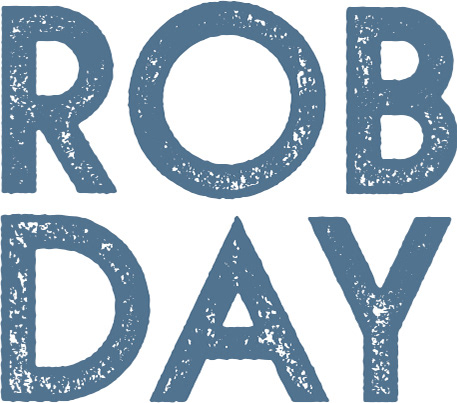This photo essay seeks to illuminate the relationship between unowned stray and feral cats and the advocates devoted to their welfare.
The images were captured during my collaboration with the Indy Neighborhood Cats field team and reflect our Trap-Neuter-Return efforts throughout Indianapolis. They provide a personal glimpse into the lives of both the advocates and the cats I encountered from 2021 to 2024.
A notable theme that emerged from this initiative is the parallels between the relationships people develop with unowned cats and the traditional dynamics found in pet-owner interactions.
The empathy and bond many people experience towards these stray, unowned cats extend beyond simple sympathy; they are rooted in a collective recognition of our responsibility to the community and to all living beings.
This project was honored with the 2023 Leena's Humanitarian Award, which recognizes animal photographers committed to enhancing the human-animal relationship and improving the welfare of companion animals.

Kids who learn to care for animals also learn to show compassion & kindness to themselves and others.
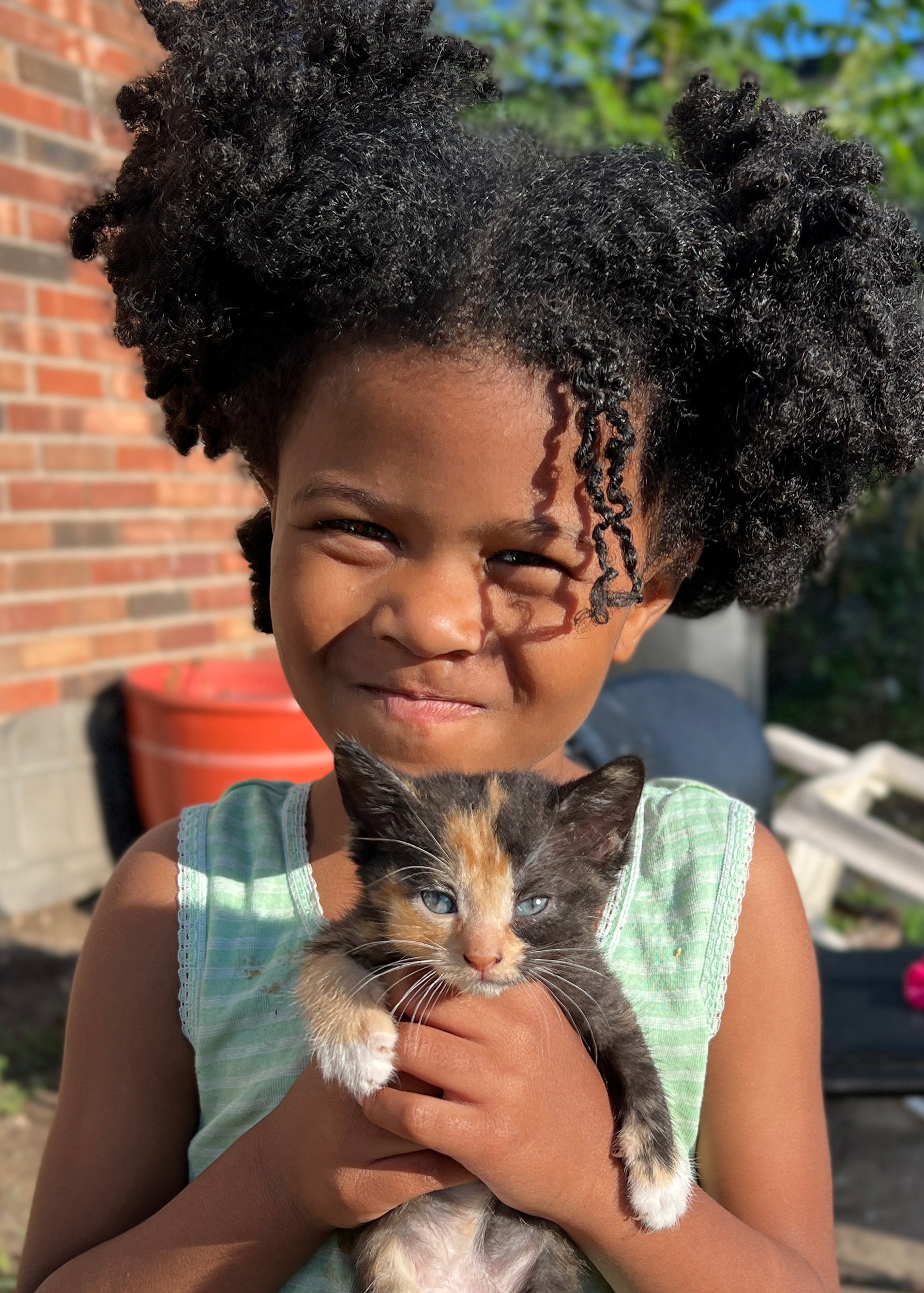
The face of a cat advocate. This girl and her family are caring for the unowned community cats in their downtown neighborhood. Indy Neighborhood Cats is working with the family to get all of the cats spayed, neutered, and vaccinated. The family is ensuring that all the kittens have a safe place until they are weaned, socialized, and old enough for adoption.


The enduring bond between a community cat and their caretaker is a remarkable phenomenon that we witness repeatedly. The Trap-Neuter-Return (TNR) initiative is a collaborative effort that calls for the participation of everyone in the community.

"How wonderful it is that nobody need wait a single moment before starting to improve the world." -Anne Frank

Reducing the number of community cats and managing their care is the goal of Trap-Neuter-Return programs.

Numerous scientific studies substantiate that pet ownership provides important forms of social and emotional support for older adults. This mutually-beneficial human/animal bond certainly applies to people who care for unowned, outdoor community cats.

"The smallest act of kindness is worth more than the greatest intention." ~ Kahlil Gibran

The fact that community cats are unowned does nothing to undermine the deep sense of compassion and connection that caregivers experience.

Boy Scouts in Indianapolis building winter cat shelters for community cats.


The bond between humans and community cats is driven by various factors. One reason is the recognition of their vulnerability and the understanding that they rely on human kindness for their survival.

The compassion and connection people feel towards community cats go beyond mere sympathy. It is rooted in a shared understanding of our responsibility as caretakers of all living beings.

Research shows that companion animals may reduce depression and loneliness in socially isolated homebound older adults.



All members of the domestic cat species with whom we live belong to the same domesticated species, Felis catus, regardless of how socialized they are.

People who care for community cats often develop as strong of bonds as many traditional pet/pet owner relationships.
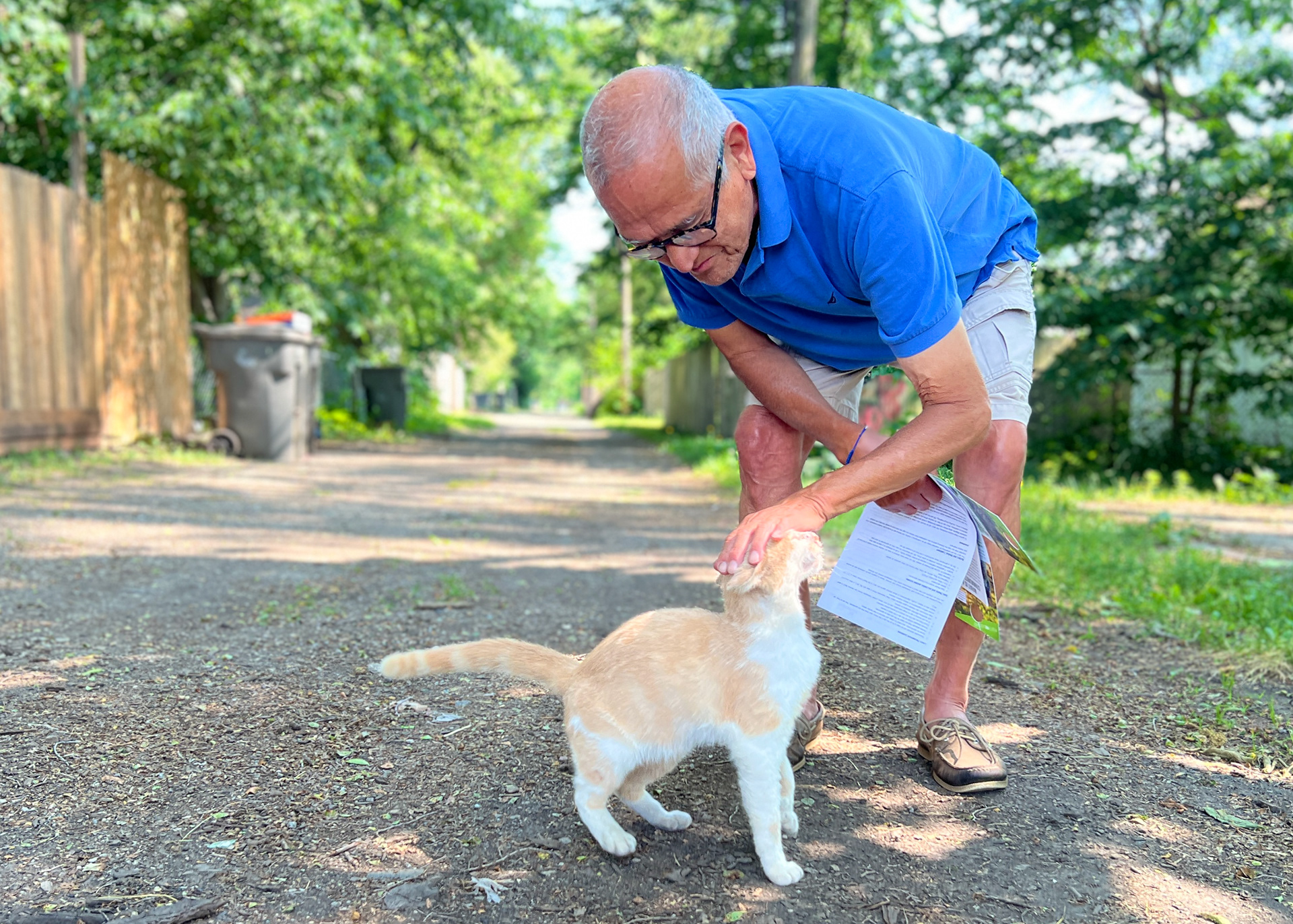
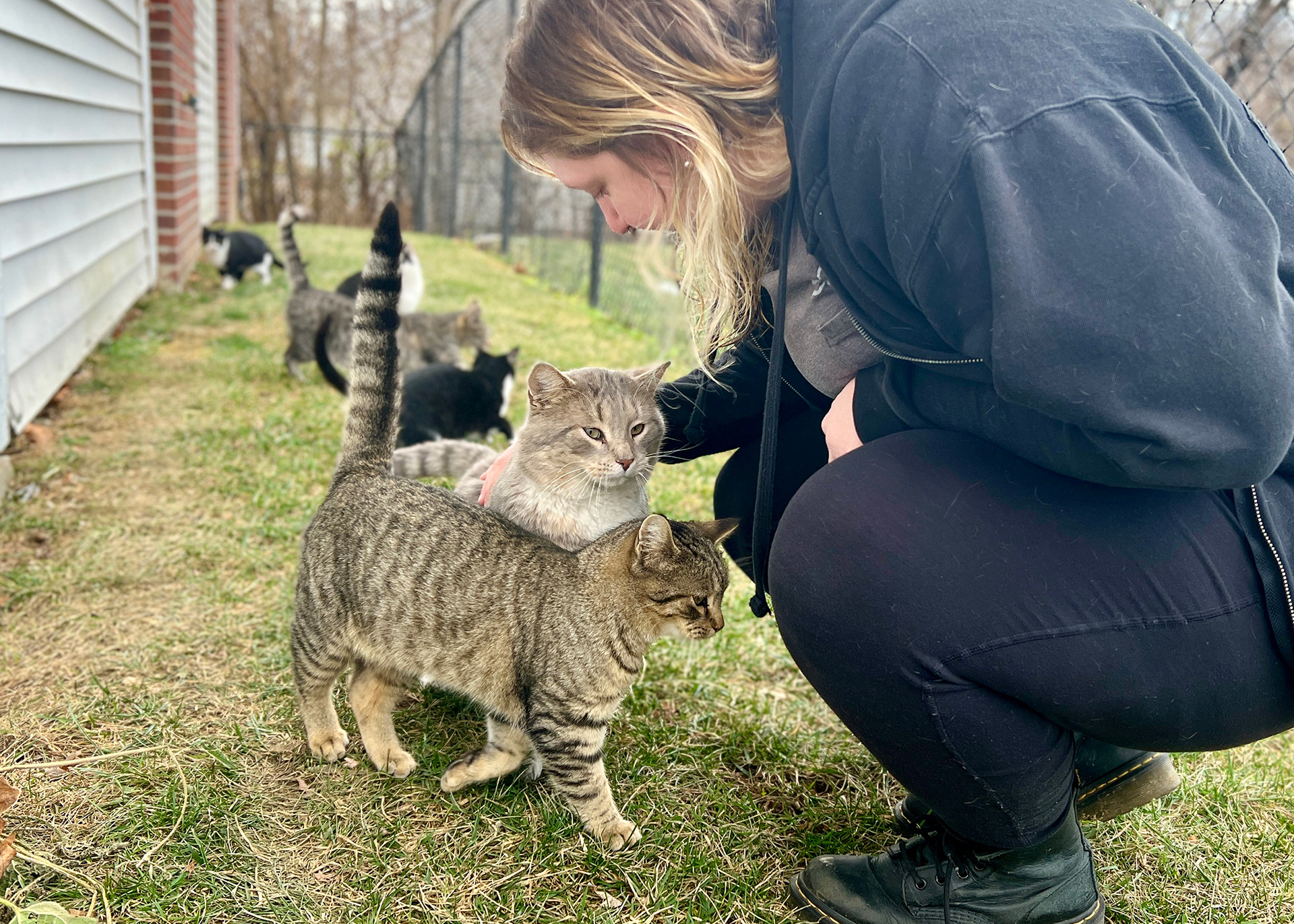
All living creatures have a basic instinct to live and have the best life they can. Acting as their advocate or "voice,” we should strive to improve their lives and promote ideals that are more reflective of a caring and humane community.

community cats remind us of our capacity for kindness, empathy, and the importance of creating a more compassionate world for all creatures.

People who care for community cats often develop as strong of bonds as many traditional pet/pet owner relationships.

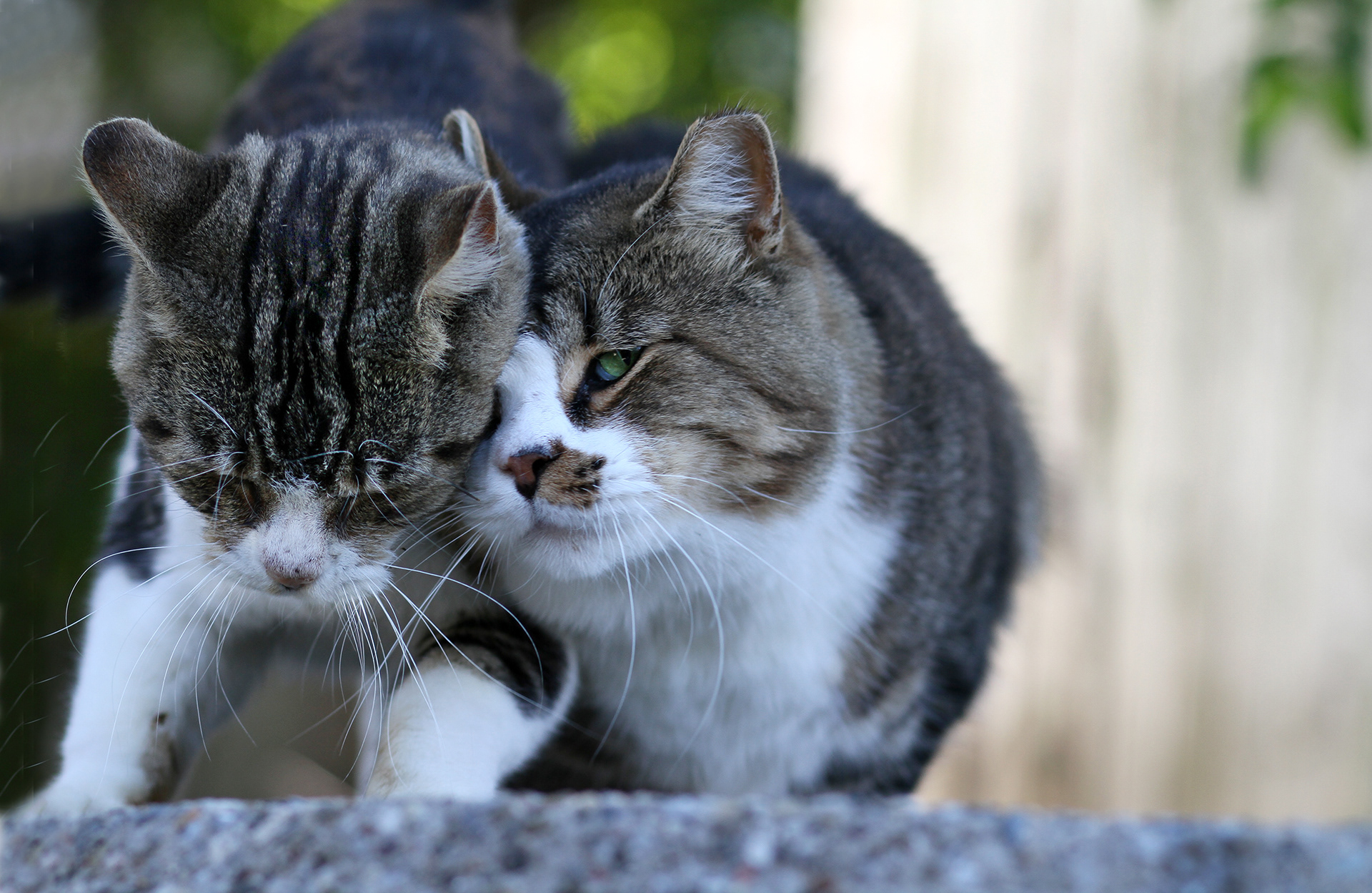
“Besides love and sympathy, animals exhibit other qualities connected with the social instincts which in us would be called moral.” ~Charles Darwin
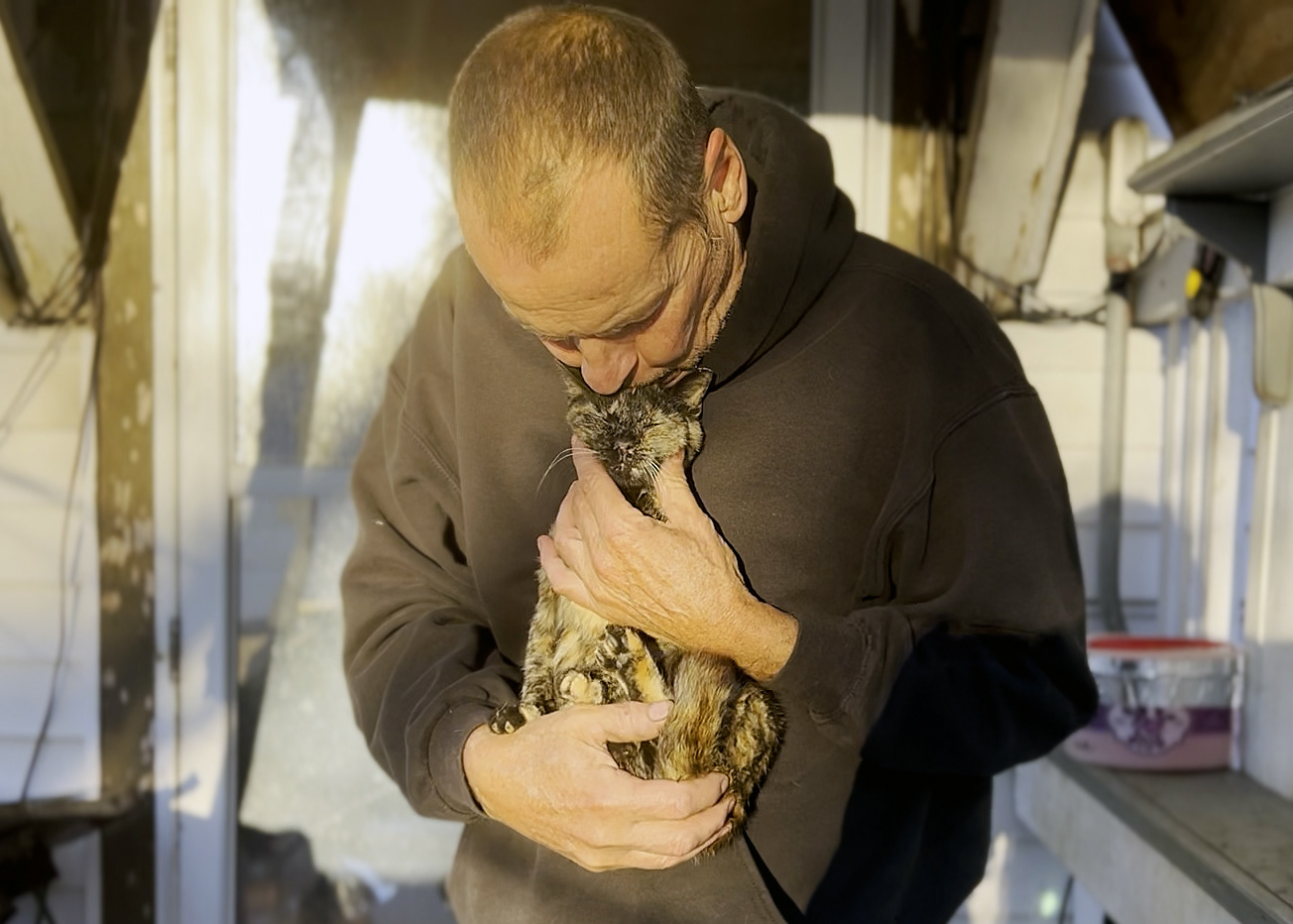
“We love the cats. Even though they’re outside cats you still love them. You gotta love ‘em. They’re babies. We call them our babies.” - John in Indianapolis, on having the outside cats returned after TNR



A component of Trap-Neuter-Return (TNR) is to work with rescue and foster groups to place tame cats and kittens into to loving homes.



Outdoor cats are often unsocialized to people and will not make suitable indoor pets.


“Besides love and sympathy, animals exhibit other qualities connected with the social instincts which in us would be called moral.” ~Charles Darwin

"Kindness can be anything—from watering a tree to feeding a stray animal" ~ Jyoti Arora




Community cats often are misunderstood as being nuisances and wild, disease-carrying animals. In actuality, they are simply kittens born to stray cats that are taught to fend for themselves in a world that doesn’t always appreciate them.

A broad range of scientific studies have found that human-animal interactions can reduce anxiety, depression, heart rate and blood pressure. Showing compassion to other living beings is good for your health and promotes a sense of well-being.

Trap- Neuter-Return (TNR) is the only non-lethal method to reduce the number of free roaming cats both immediately and in the long term.

By fixing and caring for cats in their neighborhood, caretakers are taking a step towards ending the homeless cat overpopulation as well as improving their lives.

Compassion is empathy in action.




Many studies have found that kindness & compassion is related to higher levels of self-esteem and wellbeing.

The fact that community cats are unowned does nothing to undermine the deep sense of compassion and connection that caregivers experience.




Interacting with animals has been shown to boost mood and reduce stress. Science also tells us that kindness promotes happiness and is a component of healthy aging. Oxytocin, recognized for its role in bonding, socialization and stress relief, has been linked to many of the positive psychological effects of human-animal interaction.

Community cats are often born outside and have not been socialized to people. They are generally unadoptable and cannot live indoors however these cats often form strong bonds with the people who care for them.

Compassion helps children develop into well-rounded human beings that approach the world with a concern and respect for others.


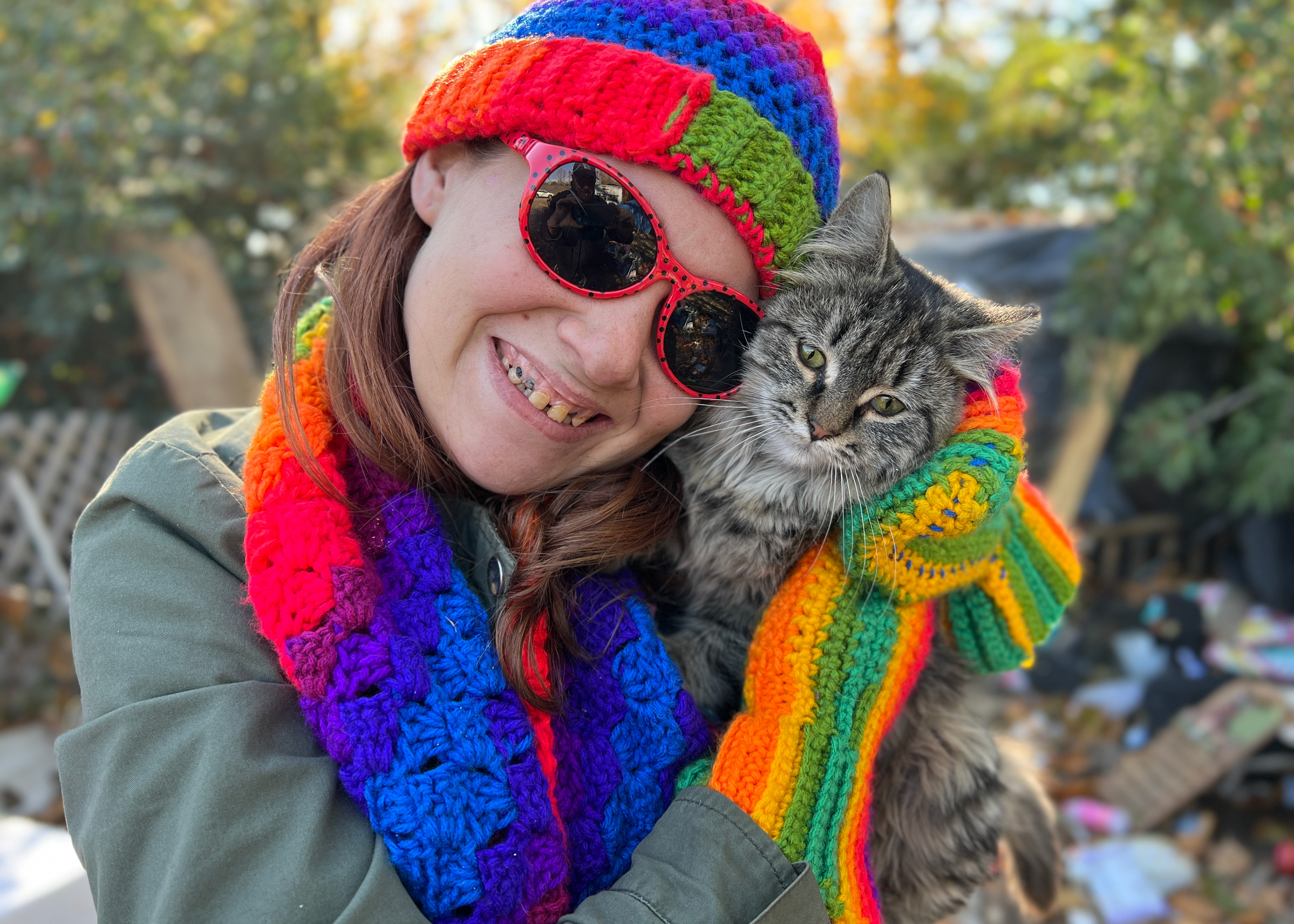

While it is vitally important for community cats to be spayed and neutered, it is also vitally important for them to have opportunities to just be cats: to play, to have food and shelter, and to give and receive unconditional love and affection.


The human-animal bond is a mutually beneficial and dynamic relationship between people and animals that positively influences the health and well-being of both.

Cats usually lived outside, and would hunt and kill rodents that, otherwise, could spread disease and damage food or other materials.




Although most community cats are unsocialized to people, they, and the people who care for them, often develop as strong of bonds as many traditional pet/pet owner relationships.
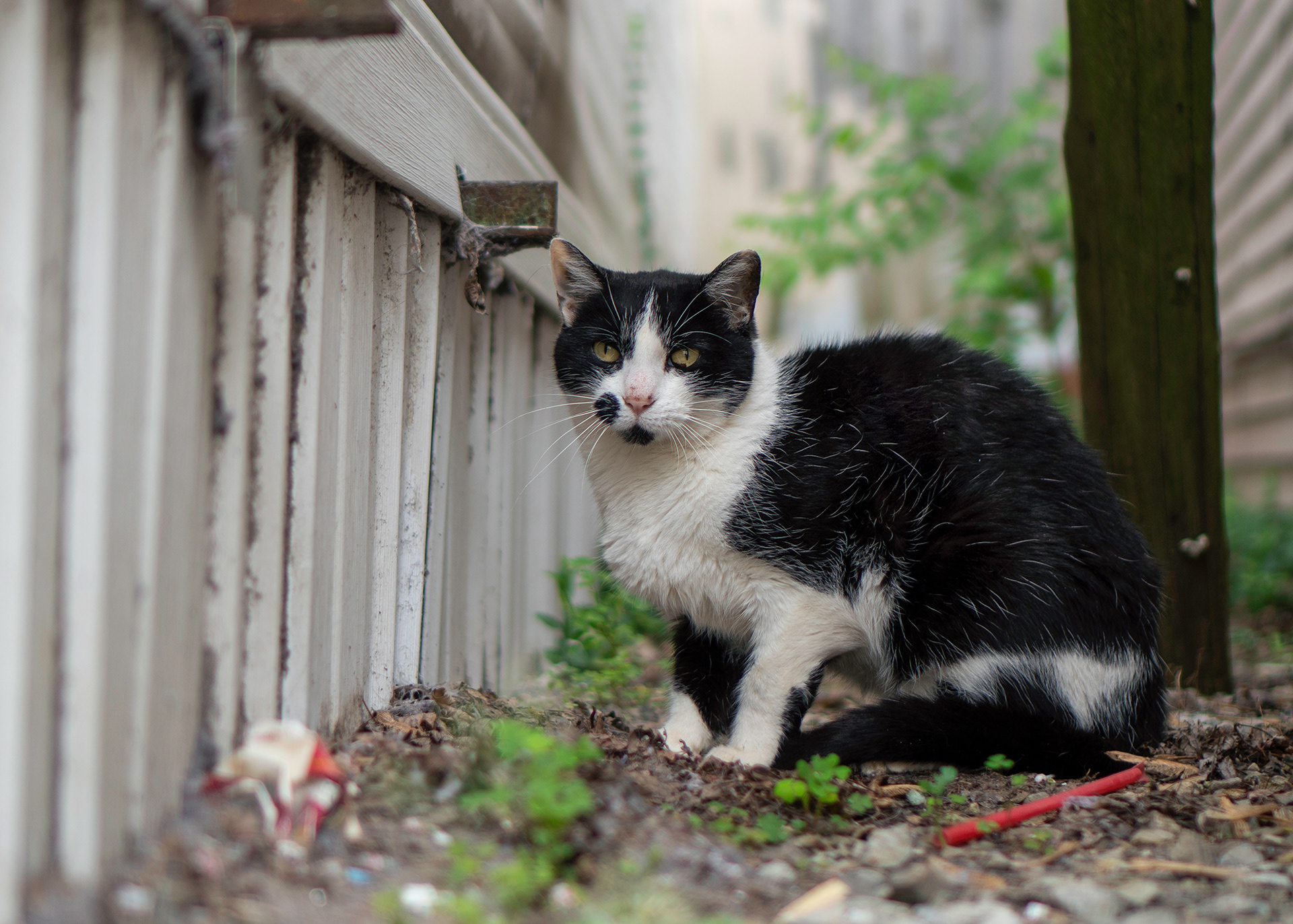
The term “community cat” is commonly referred to any unowned outside cat. They are also know as stray, feral or alley cats. They have been either lost, abandoned by a previous owner, or born outdoors to cats allowed to roam unaltered. These cats are the same species as a typical domesticated pet cat. Community cats often form strong bonds with their caretaker.


Community cats often are misunderstood as being nuisances and wild, disease-carrying animals. In actuality, they are simply kittens born to stray cats that are taught to fend for themselves in a world that doesn’t always appreciate them.

Scientific evidence supports the benefits of children interacting with animals.



Community cats are often born outside and have not been socialized to people. They are generally unadoptable and cannot live indoors however these cats often form strong bonds with the people who care for them.

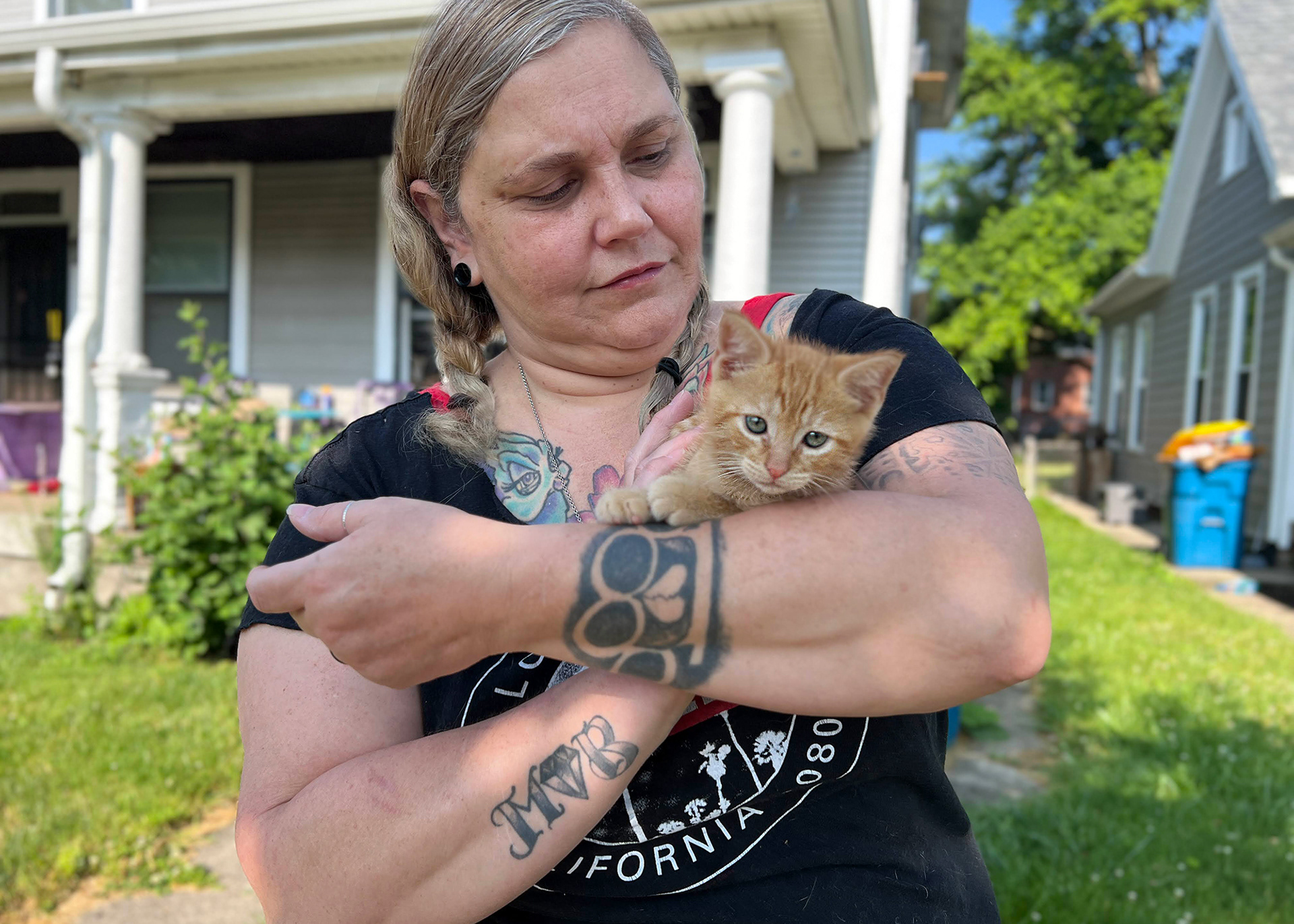

Community cats are often born outside and have not been socialized to people. They are generally unadoptable and cannot live indoors however these cats often form strong bonds with the people who care for them.





3 minute overview of a large TNR project. Listen to John talk about what it means to care for a colony of healthy, fixed and ear tipped cats:
All photos/video © Rob Day 2024
